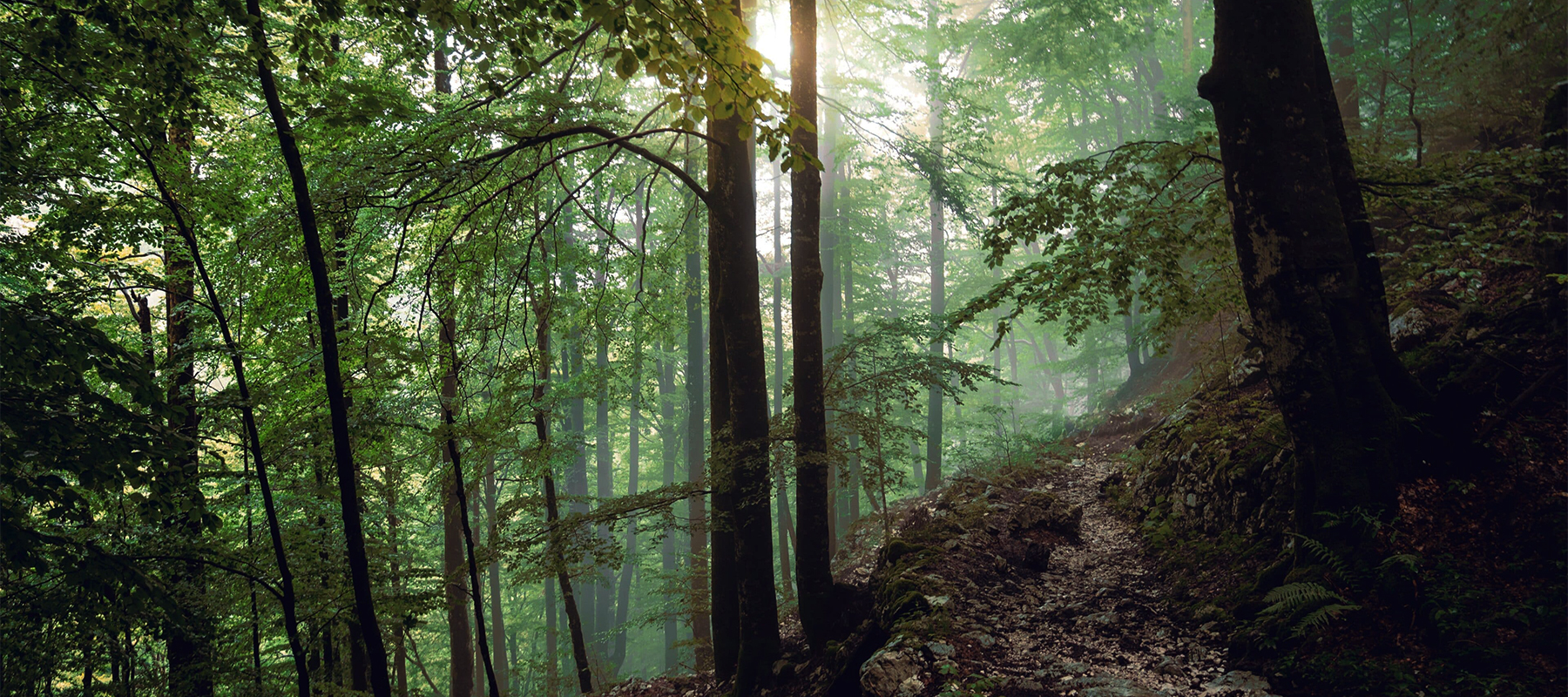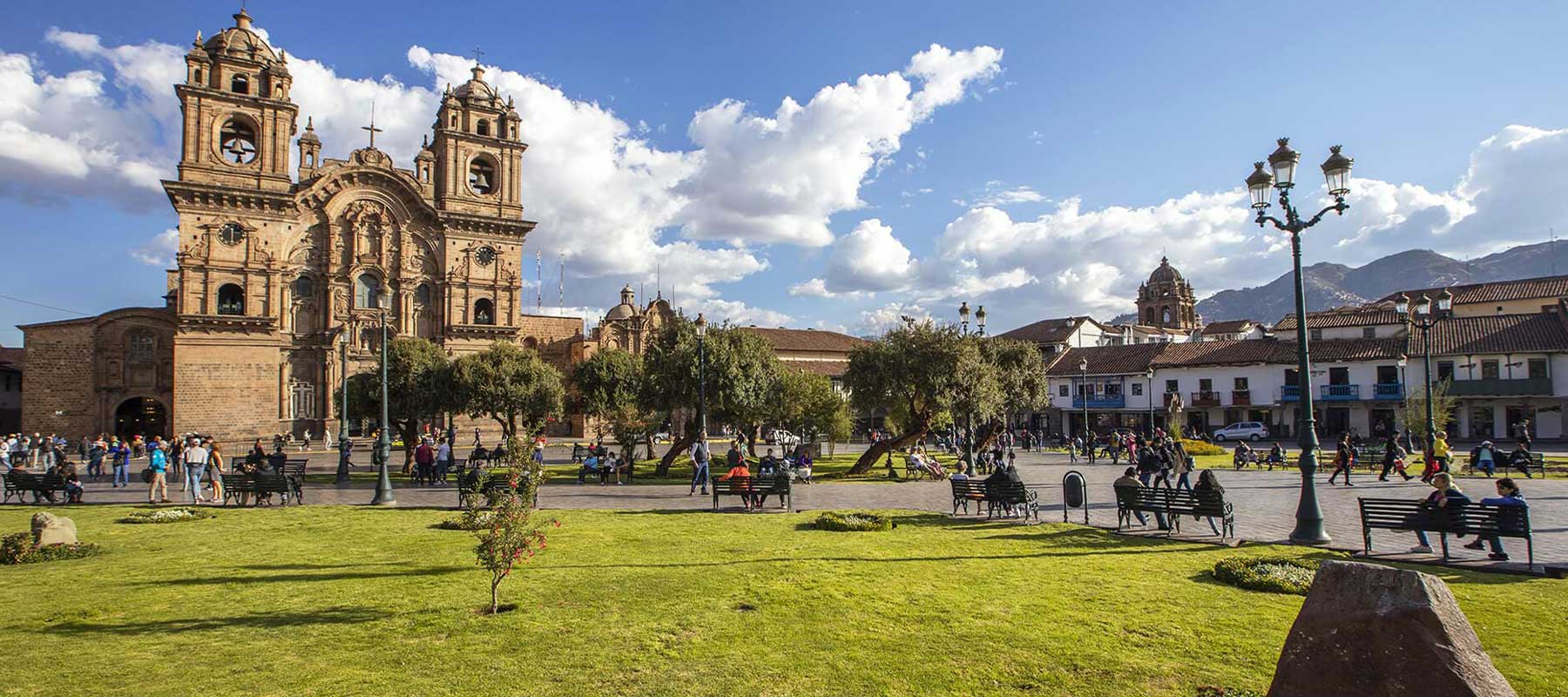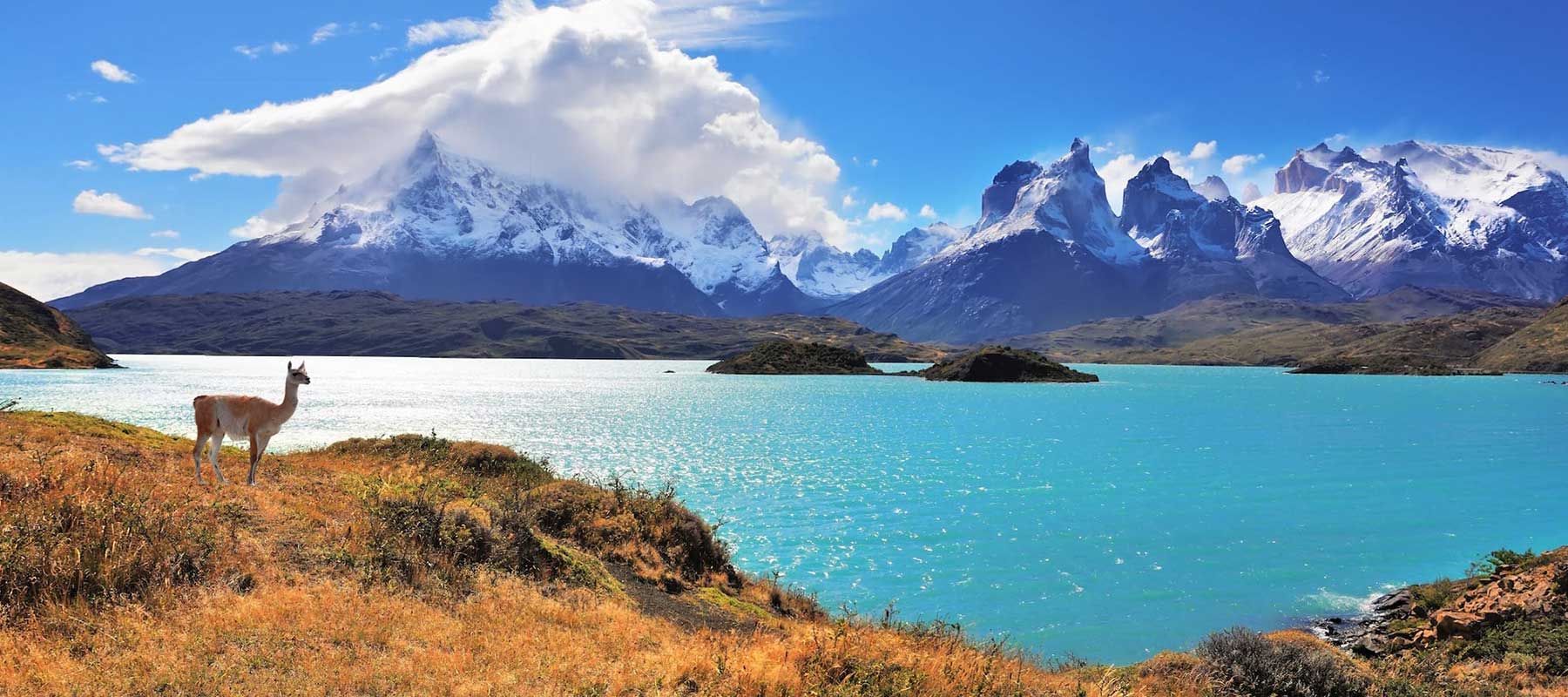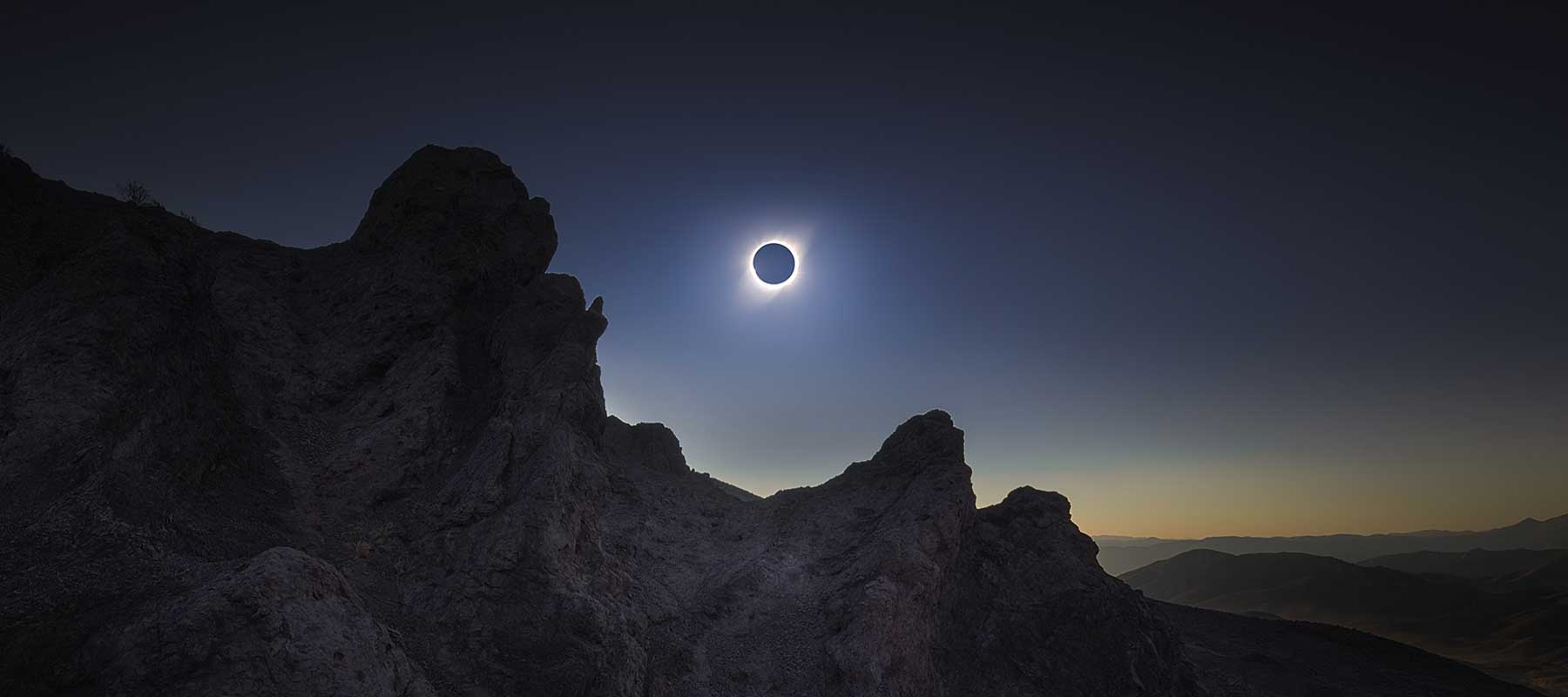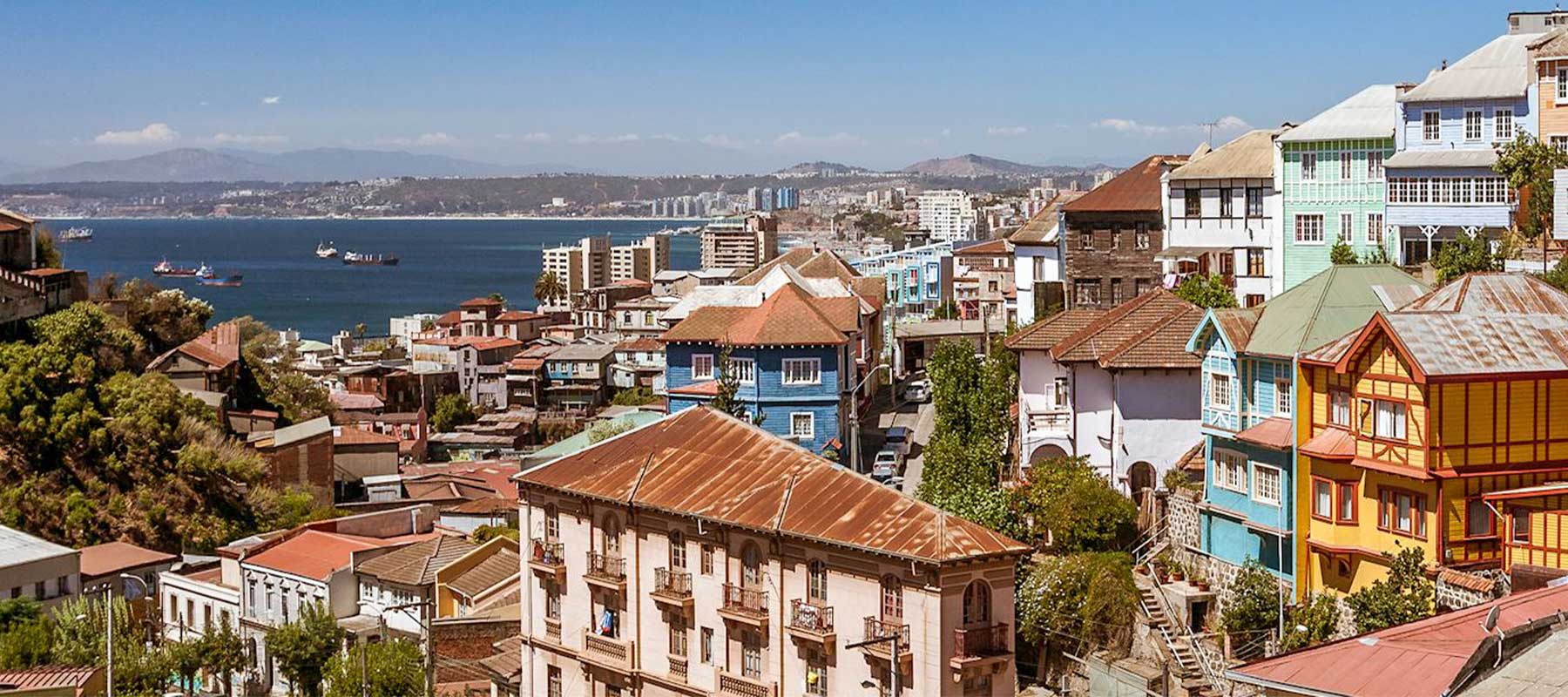Diego Oviedo, general manager of Botánika Osa Peninsula on the Pacific Coast of Costa Rica, noted that National Geographic dubbed the tropical lowland rain forest of the Osa Peninsula "the most biologically dense location on earth." "As well as those seeking a secluded and tranquil place to stay, this type of lowland rain forest is the ideal location for honeymooners, families, photographers, birdwatchers, and adventurers," he explained.
Naturalist Juan Pablo Potoy leads nighttime walking excursions through the rain forest at Origins Luxury Lodge, perched atop a mountain in northern Costa Rica, with the following objectives in mind: spotting nocturnal birds and amphibians, reptiles, and mammals: "The songs of various species are audible; it is a veritable concert in nature."
Both Potoy and Oviedo recommend that visitors to their rain forest excursions bring the following items: sunblock, rain gear, ponchos, and closed-toe rubber boots or shoes designed for walking and trekking. In addition, binoculars and water supplies are recommended. While touring any of the rain forests of Costa Rica, guides are not only useful for ensuring safety, but also for identifying and pointing out birds and other fauna.
Does one have a preferred time to visit? Opinions differ. Oviedo stated, "Although the majority of visitors prefer our dry season from November to April, it is possible to visit the rain forests of Costa Rica at any time." "September and October, for instance, are our wettest months, but it is also the best time to observe humpback whales and their young in the Golfo Dulce." Potoy proposed a visit taking place from February to May. Therefore, it is appropriate to visit Costa Rica at any time, contingent upon your objectives.
In order to preserve its rain forests and fauna for the benefit of its citizens, visitors, and future generations, Costa Rica establishes national parks and conservation areas. Costa Rica is comprised of national parks and protected regions in excess of 25 percent. In keeping with the diversity of the nation as a whole, a number of the parks encompass a variety of rain forest types. Consider visiting even a few of the approximately thirty national parks in Costa Rica.
Manuel Antonio National Park
Manuel Antonio, situated on the Pacific coast of Costa Rica, is one of the most populous and smallest national parks in the country. In addition to beaches and a verdant tropical rain forest, the park features trekking in the forest and snorkeling and diving in the coral reefs that line its shores. Numerous species of birds, sloths, iguanas, coatis, and rodents can be observed by visitors, alongside howler, white-faced, and capuchin monkeys. Visitors can spend approximately three hours exploring the rain forest via easy-access trails with a guided tour operator who is a bilingual, experienced naturalist with Costa Rican Tourism Board certification. San Jose is the closest main airport, located approximately three hours by car. The town of Quepos, which contains restaurants, hotels, and stores, is approximately four miles from the park's entrance.
Monteverde Cloud Forest Reserve
Monteverde Cloud Forest Reserve is situated at an elevation of about 5,000 feet in the Tilaran Mountain range, approximately four hours northwest of San Jose. Monteverde harbors an extensive array of organisms, including over 3,200 plant species, 500 orchid species, 425 avian species, 120 mammalian species, 60 amphibian species, and 101 reptile species. Annually, the reserve is accessible to visitors during the following hours: 7 a.m. to 4 p.m.; accommodations are available in the adjacent town of Santa Elena, which is a brief drive away. Through the use of hanging bridges, night excursions, and zip lines, guests can encounter an assortment of wildlife. May through November constitutes the moist season, with October being the wettest and March being the driest.
Corcovado National Park
Corcovado, situated in the South Pacific region of Costa Rica on the Osa Peninsula and approximately 60 miles from San Jose, is comprised of waterfalls, cloud forest, lowland tropical rain forest, mangrove wetlands, and beaches. Corcovado is home to over 360 species of animals, 140 species of mammals, and 117 species of amphibians and reptiles, making it one of the most biodiverse locations on earth. In addition to red-eyed tree frogs, anteaters, sloths, jaguars, and pumas, the area is home to four species of monkeys—howler, spider, capuchin, and squirrel monkeys—and scarlet macaws, harpy eagles, tapirs, and crocodiles. It is important to advise visitors that in order to gain access to the park, they must possess an entrance permit and a certified licensed guide. Reservations are required and overnight accommodations are exclusively available at the La Sirena Ranger Station on the Pacific Coast within the park. In close proximity to the park, visitors may choose to lodge in the municipality of Drake Bay.
Cahuita National Park
A shore, coral reefs, tropical lowland wet rain forest, and mangrove swamp comprise this national park. Cahuita, situated along the Caribbean coast, safeguards over 2,600 acres of territory. Only via a designated five-mile hiking trail can one penetrate the dense forest and observe its profusion of fauna. The area is teeming with kingfishers, green ibis, herons, toucans, raptors, and the large pheasant-like Central American curassow. The park is also home to howler monkeys, capuchin monkeys, coatis, raccoons, sloths, armadillos, iguanas, reptiles, and snakes. Ten miles distant is the closest major city, Puerto Viejo, and the park's entrance is within walking distance in the small town of Cahuita. Daily park hours at Cahuita National Park are between 8:00 a.m. and 4:00 p.m. The park is approximately a three-hour drive from San Jose International Airport, and organized day excursions are available.
Arenal Volcano National Park
Arenal National Park is situated in the northwest of the country, approximately three hours from San Jose, close to the community of La Fortuna. The park comprises an area of approximately 30,000 acres and features Mount Arenal, an active volcano, as well as Cerro Chato, an inert volcano that has been dormant for over three millennia. A variety of activities allow visitors to explore the park's nearly 30,000 acres of rain forest, including hiking the trails, ziplining through the canopy, and traversing suspended bridges among the trees. Ride a Sky Tram gondola or an inflatable canoe through the rain forest along the Rio Penas Blancas for a relaxing excursion. The park is home to over 850 species of birds, including the vibrant quetzal, as well as jaguar, chimpanzee, coati, tapir, and deer. Day excursions are accessible from the well-liked tourist destination of Guanacaste.
Tortuguero National Park
This national park is distinctive in that it lacks roads; instead, visitors traverse canals, rivers, lagoons, and mangrove swamps by boat in order to observe its fauna. Tortuguero National Park, situated along the northeast Caribbean coast of Costa Rica, safeguards a substantial expanse of lowland tropical rain forest in addition to the park's emblematic sea turtles. (The Spanish word for turtle is Tortuga.) Annually, the moist, humid region receives as much as 250 inches of precipitation. Nesting areas for turtles span over 20 miles of coastline, with the green turtle being the most prevalent species, which nests from June to October. Licensed guides lead guests on night excursions while ensuring the turtles' safety through the use of minimal lighting and dark clothing. Additionally, birds, primates, iguanas, crocodiles, manatees, jaguars, and more are visible to visitors. From San Jose, visitors can either travel to La Pavona and subsequently embark on a boat to reach the park.
Rincón De La Vieja National Park
A UNESCO World Heritage Site, this ecologically diverse national park features an active volcano, waterfalls, a freshwater lagoon, rivers, hot springs, mud pots, and an assortment of fauna. Rincón de la Vieja, located in Liberia, is comprised of a variety of topographical features, including a rain forest, arid forest, savannah, and lowlands. It is easier to reach in less than an hour. The park is home to primates, sloths, kinkajous, tapirs, deer, jaguar, and pumas, in addition to over 300 species of birds and an abundance of guaria morada, or purple orchid, the national flower of Costa Rica. Methods of exploration include equestrian riding, hiking trails, campgrounds, guided tours, white water rafting excursions, river cruises, and zip lines. Numerous visitors unwind in one of the park's thermal springs to end the day.
Carara National Park
Carara National Park, situated on the coast of the Central Pacific about two hours from San Jose, is renowned as an excellent location for birdwatching. The park provides avian habitats from both tropical dry forest and tropical rain forest, serving as a transition zone between the two. Species of endangered birds and scarlet macaws, toucans, grebes, trogons, and herons are of interest to ornithologists and birdwatchers. Crocodiles, which can be observed from Crocodile Bridge over the Tarcoles River, the park's northern boundary, are another reason Carara is well-known. Anteaters, sloths, howler monkeys, capuchin monkeys, armadillos, and deer are some of the fauna that inhabit the park. A convenient day excursion from San Jose, the park features two hiking trails and a universal access path. It is strictly prohibited to camp in the park. During the months of August through October, which are the wettest, riverside trails may become impassable due to inundation.
Guanacaste National Park
Located in the northwest of Costa Rica, this diverse park links Santa Rosa National Park with the elevated cloud forest formed by the Orosi and Cacao volcanoes. The park contains, apart from the cloud forest, a variety of climate zones, including arid forest and tropical rain forest. The park is teeming with wildlife, including jaguars, mountain lions, monkeys, squirrels, deer, and mountain squirrels, in addition to an extensive assortment of avian species. Approximately one mile separates the park's Pitilla area from the closest city, La Cruz. In addition to information centers, footpaths, and restrooms, visitors may ascend the volcano with prior authorization. This region of Costa Rica experiences an arid season from December to April and is generally hotter.
